Astronauts lose bone and muscle mass on long-duration missions, but a new treatment administered to mice in space could prevent that from happening, a new study finds.


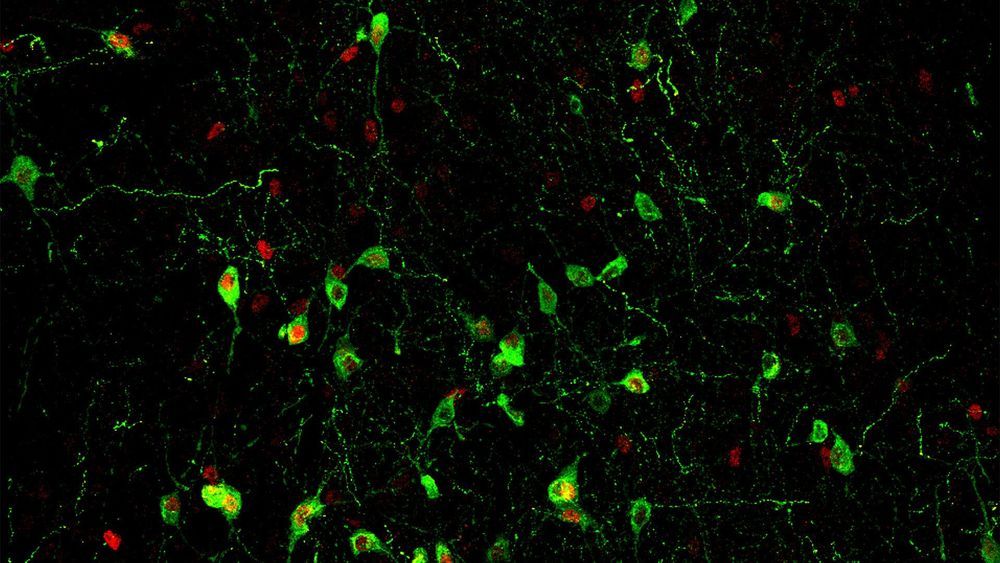
Scientists at Cold Spring Harbor Laboratory (CSHL) and Stanford University have pinpointed the circuit in the brain that is responsible for sleepless nights in times of stress—and it turns out that circuit does more than make you toss and turn. Their study, done in mice, ties the same neuronal connections that trigger insomnia to stress-induced changes in the immune system, which weaken the body’s defenses against a host of threats.
The study, reported September 9, 2020, in the journal Science Advances, connects and explains two familiar problems, says CSHL Assistant Professor Jeremy Borniger. “This sort of stress-induced insomnia is well known among anybody that’s tried to get to sleep with a looming deadline or something the next day,” he says. “And in the clinical world, it’s been known for a long time that chronically stressed patients typically do worse on a variety of different treatments and across a variety of different diseases.”
Like many aspects of the body’s stress response, these effects are thought to be driven by the stress hormone cortisol. Working in the Stanford lab of Luis de Lecea, where Borniger completed a postdoctoral fellowship prior to joining CSHL, the research team found a direct connection between stress-sensitive neurons in the brain that trigger cortisol’s release and nearby neurons that promote insomnia.
… The same connection, they found, also has a potent effect on the immune system. Stress significantly disrupts the abundance of certain immune cells in the blood, as well signaling pathways inside them, and the team was able to recreate these changes simply by stimulating the same neurons that link stress to insomnia.
Understanding this circuitry opens the door to a deeper understanding of the consequences of stress, not just in healthy individuals but also in disease, Borniger says:
“I’m really interested in how we can manipulate distinct circuits in the brain to control not just the immune system at baseline, but in disease states like inflammatory bowel disease or in cancer or in psoriasis—things that are associated with systemic inflammation. Because if we can understand and manipulate the immune system using the natural circuitry in the body rather than using a drug that hits certain targets within the system, I think that would be much more effective in the long run, because it just co-opts the natural circuits in the body.”

As you get older, key genes that maintain life are no longer activated. George Church is focused on turning youth-boosting genes back on.
His company, Rejuvenate Bio, has begun clinical trials in old dogs. This will help us determine which ages of humans would best benefit. George believes they will be able to help people who are already quite old and show signs of decline. They are looking at extending absolute lifespan. Extending human lifespan will take years to get reliable results.
They have published results on three genes. Those genes already helped reverse osteoarthritis, high-fat obesity and diabetes, heart damage, and kidney disease. They will soon add cancer and neurodegenerative diseases to the list of reversible conditions.
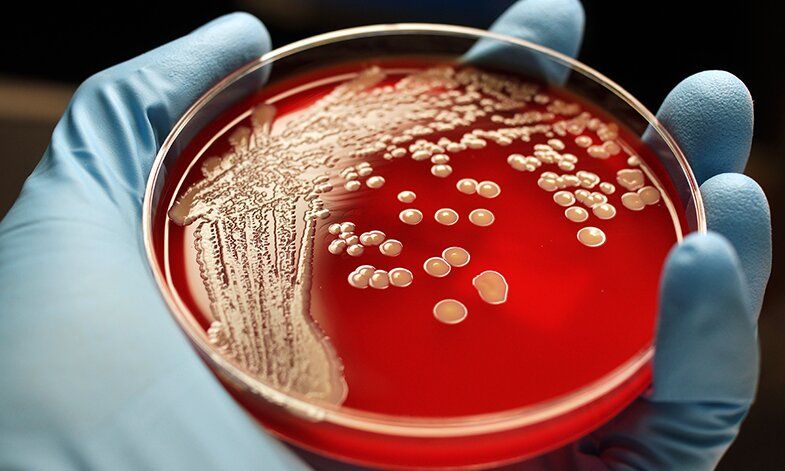
Researchers at the University of Sheffield have developed a new compound that is able to kill both gram-positive and gram-negative antibiotic-resistant bacteria.
Gram-positive and gram-negative bacteria have different cell wall structures, but the new antibiotic compound is able to pass through the cell wall of both forms of bacteria and then bind to the DNA.
The findings, published in Chemical Science, pave the way for developing new treatments for all kinds of antibiotic resistant bacteria, including the gram-positive MRSA and gram-negative E.Coli.
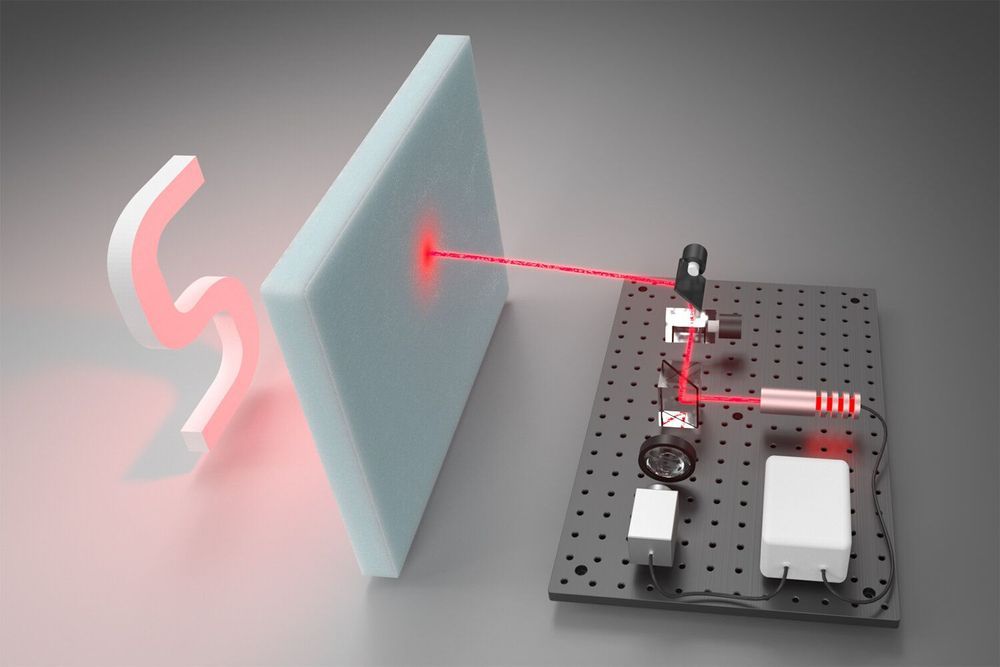
Like a comic book come to life, researchers at Stanford University have developed a kind of X-ray vision—only without the X-rays. Working with hardware similar to what enables autonomous cars to “see” the world around them, the researchers enhanced their system with a highly efficient algorithm that can reconstruct three-dimensional hidden scenes based on the movement of individual particles of light, or photons. In tests, detailed in a paper published Sept. 9 in Nature Communications, their system successfully reconstructed shapes obscured by 1-inch-thick foam. To the human eye, it’s like seeing through walls.
“A lot of imaging techniques make images look a little bit better, a little bit less noisy, but this is really something where we make the invisible visible,” said Gordon Wetzstein, assistant professor of electrical engineering at Stanford and senior author of the paper. “This is really pushing the frontier of what may be possible with any kind of sensing system. It’s like superhuman vision.”
This technique complements other vision systems that can see through barriers on the microscopic scale —for applications in medicine—because it’s more focused on large-scale situations, such as navigating self-driving cars in fog or heavy rain and satellite imaging of the surface of Earth and other planets through hazy atmosphere.
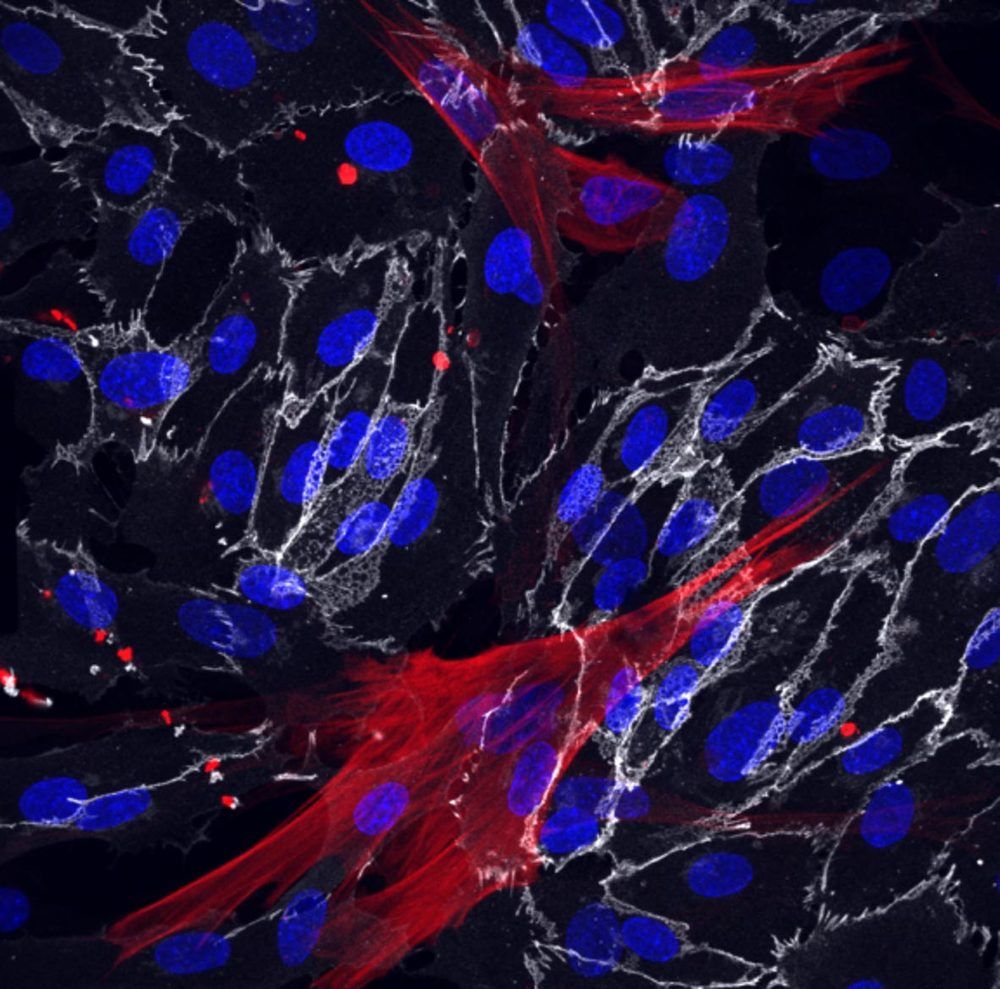
Salk study is the first to reveal ways cells from the human circulatory system change with age and age-related diseases.
Salk scientists have used skin cells called fibroblasts from young and old patients to successfully create blood vessels cells that retain their molecular markers of age. The team’s approach, described in the journal eLife on September 8, 2020, revealed clues as to why blood vessels tend to become leaky and hardened with aging, and lets researchers identify new molecular targets to potentially slow aging in vascular cells.
“The vasculature is extremely important for aging but its impact has been underestimated because it has been difficult to study how these cells age,” says Martin Hetzer, the paper’s senior author and Salk’s vice president and chief science officer.
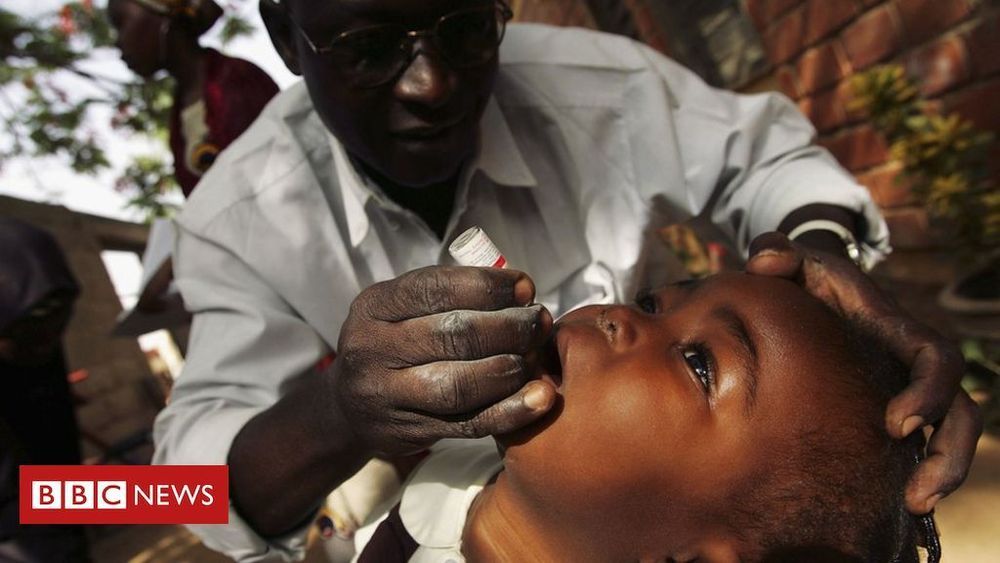

An endangered type of horse has successfully been cloned by scientists.
Kurt is a newborn Przewalski’s horse, a rare and endangered horse native.
He was born this year on August 6 after experts used genetic material that had been cryopreserved for 40 years.
Kurt’s birth is exciting not only because he’s very cute but because his genetic diversity could help to save the species.

Aiming to make deciding where to travel a bit easier, as COVID-19 continues to spark restrictions and rules for traveling around the United States, United Airlines created an interactive, color-coded map detailing everything travelers need to know ahead of planning a trip.
The map lists everything from whether or not entry into a state is allowed, potential quarantine measures, testing requirements, and even mask mandates for all 50 states and Washington D.C., the company shared with Travel + Leisure. Travelers can see if restaurants, tourist sites, or hotels are open and if there are any specific restrictions in place.
“We know it’s a challenge to keep up with the ever-changing list of travel restrictions, policies and regulations so we are offering a simple, easy tool that helps customers decide where to travel next,” Linda Jojo, the executive vice president for technology and chief digital officer, said in a statement. “By providing the most up-to-date information on the destinations we serve, customers can compare and shop for travel with greater confidence and help them find the destinations that best fit their preferences.”
